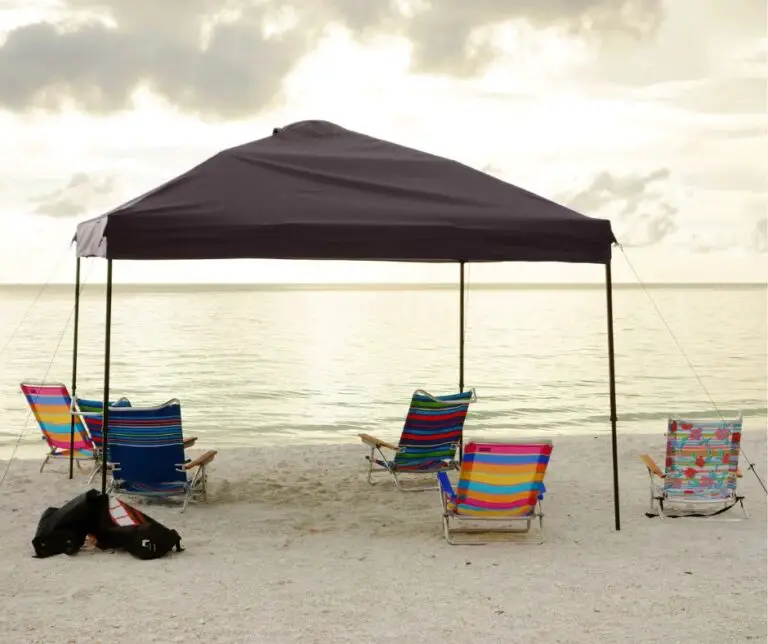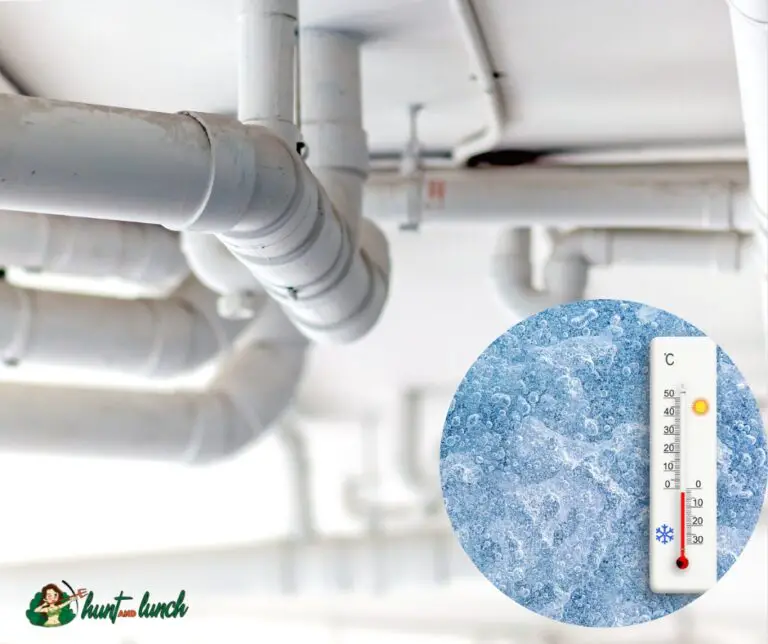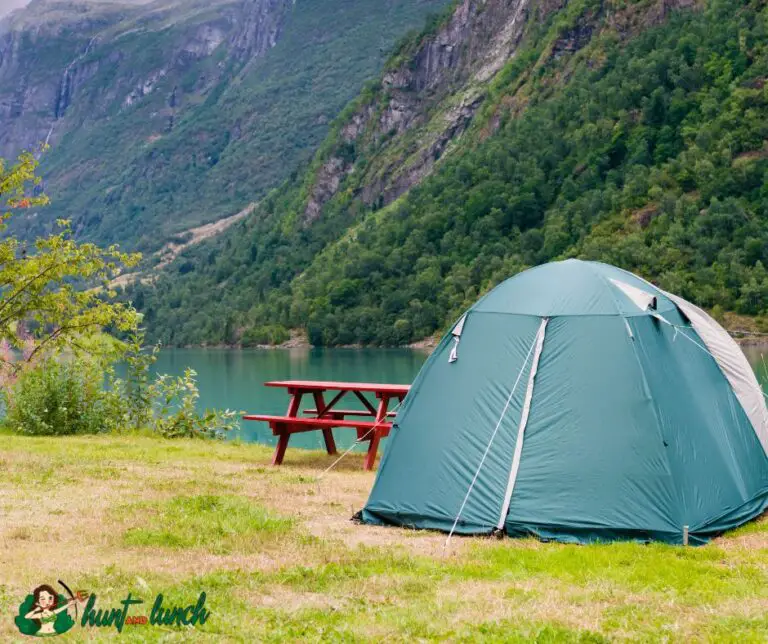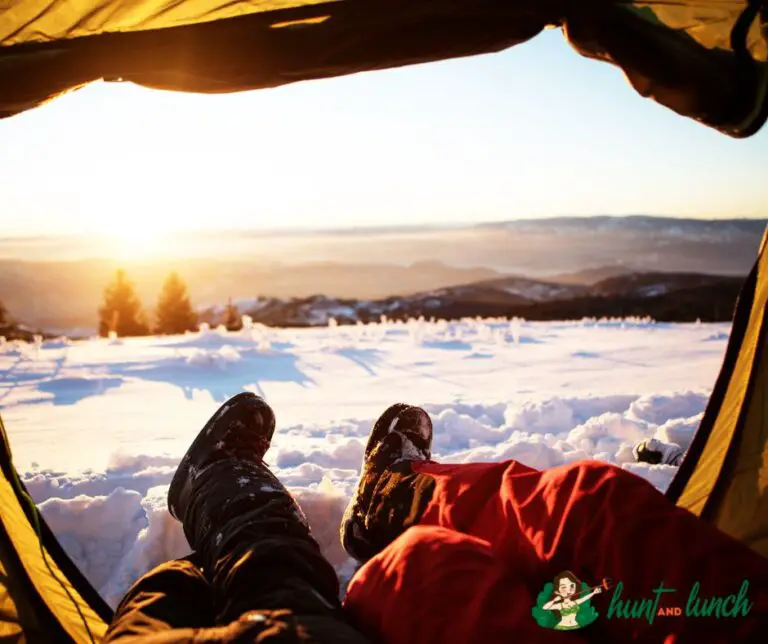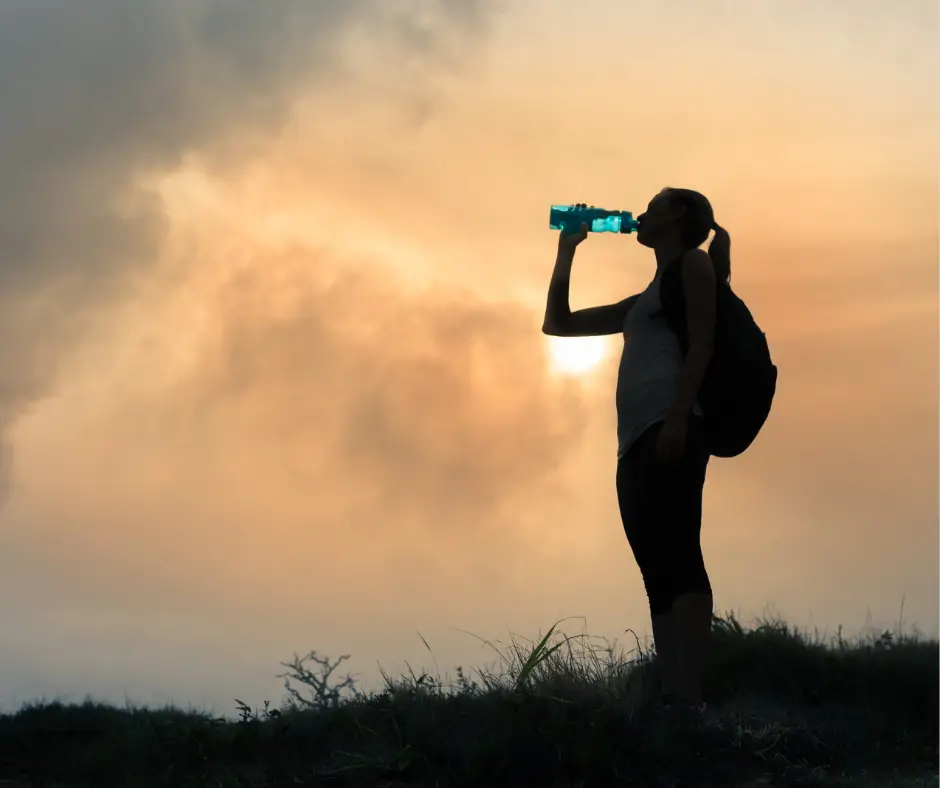
Dehydration is severe, and it’s not just something that happens in movies. If you become dehydrated on the trail, you can quickly become dangerously ill or even die. This prompts the question; how much water should I bring on a hike?
This article will teach you everything you need to know about how much water to bring along while hiking and how to keep yourself hydrated while out in nature.
Factors That Determine the Amount of Water You Bring Along During Hiking
If you’re an experienced hiker who has done extensive research into how much water is needed for hiking trails in certain regions. In that case, chances are good that you’ve already figured out what works best for you based on past experiences with different hikes that were similar in length and difficulty level. However, suppose this is your first time venturing out into nature. In that case, there are still some things worth considering before putting together a plan for how many bottles to bring along:
If you’re going on a long hike or have a high metabolism and sweat a lot, it’s best to bring along more water than someone who doesn’t.
Duration of your hike
The hike duration is another factor in determining how much water you will need. The longer you go, the more water you should bring. For example, two liters will usually suffice if you plan on hiking for four hours or less and do not plan to be exposed to any extreme heat. On the other hand, five liters would be recommended if you plan on hiking for eight hours or more in scorching weather.
The terrain of your hike
The terrain of your hike, whether steep or flat, hot or cold, will affect how much water you need. If you’re planning an exposed walk, such as in a desert, make sure to bring more water than usual.
Also, some hiking trails are steep, rugged terrains with elevations and depressions. This places far more exertion and takes more time than longer hikes on more moderate trails or lower altitudes.
Temperature and humidity
The next factor that plays into how much water you need is temperature. Temperature plays a significant role in determining how much water you should drink because it determines how much you lose through sweat. The hotter it gets, the more your body sweats and needs to be replaced.
As a general rule of thumb, one liter per two hours of hiking is a good baseline for most days out on the trail. This rule may be more than adequate for replenishing fluids lost via sweating in more excellent conditions. But when on a desert trail or hiking midsummer, you’ll probably need to supplement your baseline allowance with an added half a liter per hour of walking to replenish lost fluids.
Also, suppose humidity rises above average levels. In that case, you need more water than usual to remain hydrated because your body will lose even more moisture.
Personal metabolism and absorption rates
Individuals will have different metabolic rates if they are hiking as a group. This is a significant factor as it can determine how quickly you run through your water supply. To avoid this, try as much as possible to factor in everyone’s metabolic rate before leaving for the hike.
Possibilities of emergency
In addition to the apparent need for water on a hike, several other scenarios might warrant bringing more than your typical bottle or two.
Injuries are not uncommon outdoors, and they can happen at any time. Having extra water on hand could mean the difference between life and death in some situations.
Also, getting lost is another common occurrence for hikers who need to become more familiar with their surroundings or have taken a wrong turn somewhere along their route. When this happens, having extra food and water will help you stay nourished until you can find your way.
Availability of Reliable Water Source on the Hike
If you are hiking in an area with a reliable water source, you don’t need to bring as much water. This could be because it’s readily accessible or always flows along your trail. Before heading on your hike, try to get your hands on it, and you can use guides or maps available online or from local bookstores that detail information about trail routes available for your hiking route.
These will often have details concerning reliable drinking water sources along their journey, with little effort required from users. If you are in an area with no reliable water source, you need to bring more water.
How to Store water for hiking
When you plan a hike, it’s also essential to determine how you bring your water along. This significantly impacts the quantity of water you can bring along as well as how easy it will be to use during your hiking.
Hydration reservoirs & bladders
Hydration reservoirs or bladders are a great way to store water on the trail. They are lightweight and easy to carry, so they can be refilled on the course or at camp. Some models also have a built-in filter that makes your water safe to drink while hiking.
Hydration Reservoirs or Bladders are usually high-capacity reservoirs that allow you to hydrate without having to stop and take off your backpack. However, they can be tricky to refill from natural sources such as rivers, lakes, and creeks.
Hard-sided, plastic or aluminum bottles
Hard-sided bottles are more durable and less likely to leak than soft-sided water bottles. They are also easy to pack because they take up less space in your backpack and are great for longer trips where you’ll need more than a liter of water at a time.
However, a downside is that they can be heavier than hydration bladders, so if weight is an issue for you, there are better ways to go than hard-sided bottles.
Tips for Bringing Water along During Hiking
Here are some tips that can be helpful to you when packing water for your hike:
Always take more than enough
It’s essential to always bring more water than you think you’ll need. Even if it seems like a short hike, it’s better to be safe than sorry. If you’re hiking for several hours, consider packing a couple of liters of water.
Always take a drink before starting your hike
Drinking water before you start is the best way to stay hydrated on a hike. If you are thirsty, it may be too late, and your body has already begun dehydrating. Your body needs time to process the water from a sip of water; it needs time.
Conclusion
When hiking, it is crucial to stay hydrated and be aware of all the factors that go into bringing along enough water. When you are on a trail, drink up before you start hiking so that your body can absorb as much moisture as possible. As you go through the day, take small sips of water so that your body doesn’t mistake thirst for hunger or fatigue.

I’m Cindy, a free-spirited outdoor enthusiast. Since childhood, Our family frequently goes on weekend camps and my father, who was a skilled hunter, used to teach my siblings and me valuable things about wildlife survival. I made this blog to share my knowledge, experiences, and tips.

